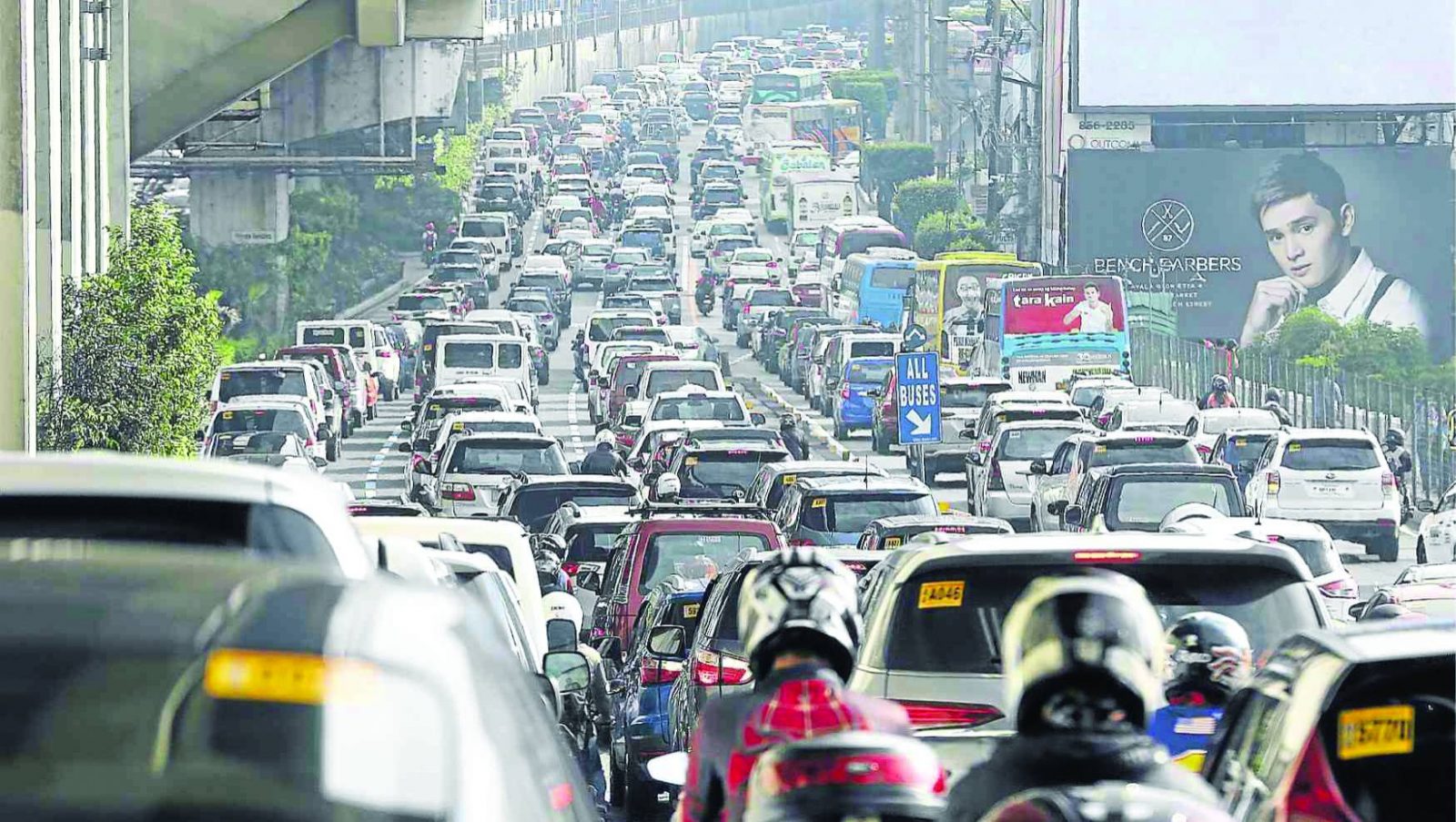How you and your car can beat the heat in this searing summer

On Tuesday, the Department of Science and Technology (DOST) announced that the annual El Niño may stretch longer for 2024.
DOST Secretary Renato Solidum Jr. said that the weather phenomenon, which causes dry spells and droughts, is expected to affect up to 54 provinces by May this year. He added that there was a 62-percent chance that La Niña, the phenomenon that brings about rainshowers, would start in June.
“There will still be some provinces to be affected by the combined effect of El Niño and the preparation for La Niña, which would bring in less normal rainfall,” he said in a press briefing. “The possibility of a slight delay of the onset of the rainy season is likely.”
Although this bodes well for travelers who want to make the most of going to the beach, this means motorists and commuters alike have to put up with this searing heat for another three-to-four months.
And it’s not just a matter of getting some sunburn – the government reported this past week that the heat index, which is the measure of air temperature and relative humidity, is reaching “danger” levels in various parts of the country. Prolonged exposure could cause cramps, heat exhaustion or, worse, heat stroke.
All these can wreak havoc on you and your car. Here are ways that you can keep cool as we wait for the torrential downpours.
Check your cooling system
Humans, like us, sweat and pant to keep cool, but cars do things differently.
All vehicles have a cooling system composed of a radiator that lets air pass through fins to remove the heat from a liquid called coolant. Helping the radiator out is the water pump, thermostat, cooling fan and fan belts.
Given the tremendous heat in the coming months, it is vital that all components are working properly and that there are no leaks. Pay close attention to your temperature gauge (or light, for some cars) to see if things are getting too hot.
Cooling system defects, such as overheating, can be remedied by replacing the aforementioned components. Changing the coolant at the designated intervals also prevents damage to your car’s cooling system.
Use the right coolant
While we’re on the subject of coolant, make sure that you use the right stuff.
Tap water is a major no-no because impurities can create hardened deposits that would damage your engine. And while distilled water is more pure, it will still cause your cooling system parts to rust.
As such, a premixed solution of distilled water and coolant is the most ideal. The latest-generation of coolants use Organic Acid Technology (OAT) or Hybrid Organic Acid Technology (HOAT) that can be used for several years before replacing.
Bad coolant can be easily spotted – simply open the radiator cap or overfill bottle while the engine is cold and check if it’s murky or muddy in color.
Keep your aircon in shapeYour car’s cooling system may be on-point, but if your air-conditioning system is kaput, you’re gonna be in big trouble.
Make sure to follow the designated intervals for cleaning and maintaining your air-con system to prevent pricey components like the compressor and evaporator from getting destroyed. And if you need to refill the refrigerant (or Freon) frequently, this is a sign of a leak in the system.
And don’t forget – the air-con relies on your car’s cooling system to function, so both must be in good shape so that your cabin temperature doesn’t feel like the surface of the Sun.
Invest in modern tint
Vehicle tint contributes greatly to keeping your interior cool and, thus, lessen the strain on your air-con.
In the olden days, motorists would install the darkest tint that they could get their hands on. Although this was very effective in the day, it was extremely dangerous at night as it was akin to driving while wearing sunglasses.
Thankfully, nano-ceramic car tints that have gotten cheaper over the last decade, so even clear films offer superb heat and UV light rejection without making you blind at night.
Stay hydrated
Until self-driving cars become a safe and proven reality, your car won’t move unless there’s a human behind the wheel.
And given that our bodies are up to 60-percent water, we need to drink up so that we are fully alert while driving. Doctors recommend drinking at least 3 liters of water a day – liquids like softdrinks don’t apply because of the huge amount of sugar that’s included.
Bringing a jug of cold water is never a bad idea. And you can even go a step further by carrying a cooler box with ice packs or chilled wet towels for when it gets especially hot.

















